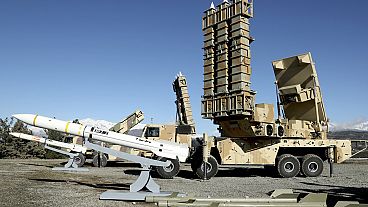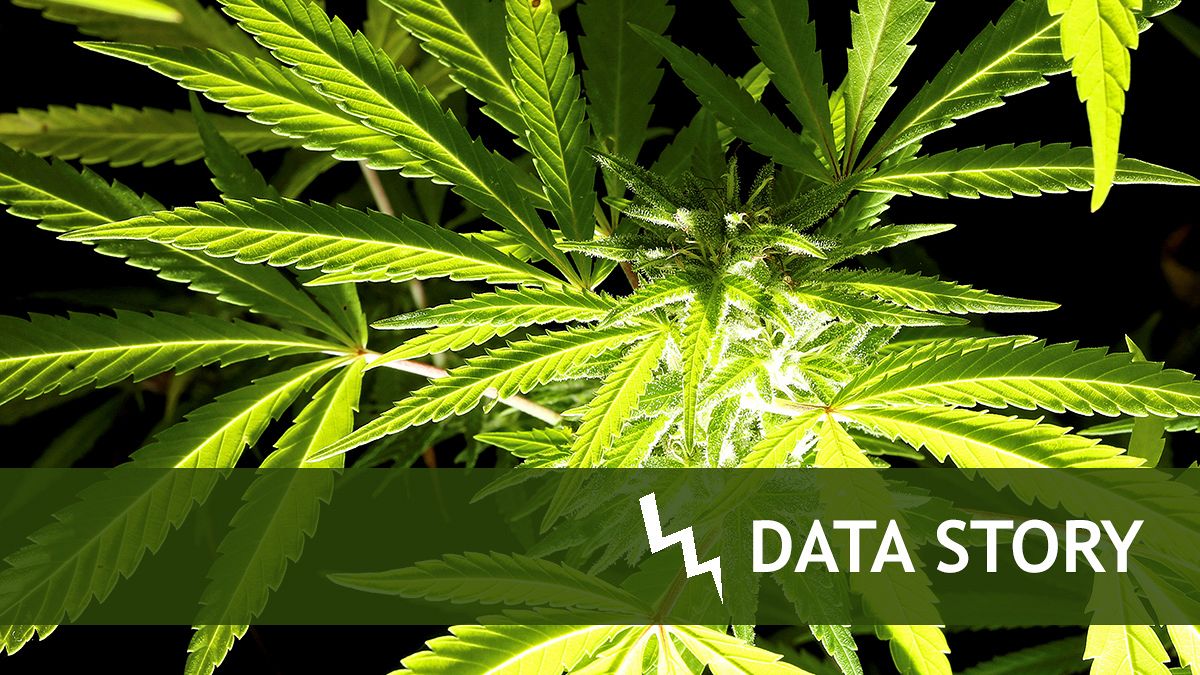Europe’s drugs agency has today released an 84-page report about the latest developments around narcotics on the continent.
Europe’s drugs agency has today released an 84-page report about the latest developments around narcotics on the continent.
We’ve picked five key trends from the dossier, which has been compiled by the Lisbon-based European Monitoring Centre for Drugs and Drug Addiction (EMCDDA).
The agency hails its report as a ‘unique insight’ into Europe’s drugs problem. However, a note of caution: data from some countries is not as up-to-date as others, meaning comparison across the continent is not as easy as it could be.
Amsterdam and Antwerp under spotlight amid MDMA rise
MDMA, most commonly in the form of ecstasy tablets but also consumed in crystal and powder form, is on the rise in Europe.
Data is by no means comprehensive, but, of countries that have produced new surveys since 2013, nine (75 percent) have reported an increase, says EMCDDA.
Belgium and the Netherlands came under the spotlight over use of MDMA in their countries after a study last year, which looked at traces of the drug found in wastewater. Researchers studied a range of European capitals and major cities, with Amsterdam and Eindhoven judged to have the biggest residue of the drug, per capita.
Estimates from 2014 claim 5.5 percent of 15-34 year olds in the Netherlands had tried MDMA in the last year, the highest proportion of the European countries studied.
EMCDDA says MDMA is no longer just confined to the dance music scene, adding it’s now being used in more mainstream nightlife venues.
‘Growing concern’ of gay men injecting crystal meth
The report has called for action over recent outbreaks of HIV linked to gay men injecting stimulants, such as crystal meth.
“Stimulant injecting associated with high levels of sexual risk-taking behaviours is also a growing concern,” says the report. “This has been reported among small groups of men who have sex with men, in some European cities, pointing to a need for increased co-operation and a joined-up response from drug treatment and sexual health services.
“Injection of methamphetamine (also called crystal meth), alongside use of other stimulants, continues to be reported in a number of countries.
“These so-called slamming practices are a concern because of the combination of risk-taking in both drug use and sexual behaviours.”
Europe’s east-west drug-taking divide
There is an interesting east-west divide when it comes to stimulant drugs in Europe, according to the European Drug Report 2016.
Cocaine use is reported to be higher in western and southern European countries, while amphetamines are more prominent in northern and eastern Europe.
Cocaine residue levels in wastewater had higher per capita concentrations in Belgium, Spain, the Netherlands and the UK, a 2015 study found.
Amphetamines, meanwhile, are the most commonly-seized drug in Scandinavia and eastern Europe, with the exception of the Czech Republic and Slovakia, where methamphetamines, which include crystal meth, reign supreme.
The growing problem of so-called ‘legal highs’
One of the most challenging issues around drugs in Europe is the quantity of so-called ‘legal highs’ coming onto the market.
Officially they are called synthetic cannabinoids – drugs that seek to imitate the main psychoactive chemical in cannabis, tetrahydrocannabinol (THC).
Since 2011 there have been between 20 and 30 new ones identified each year.
The report said: “Synthetic cannabinoids are sold as ‘legal’ replacements for cannabis and maybe advertised as ‘exotic incense blends’, and ‘not for human consumption’, in order to circumvent consumer protection and medicine laws.
“This is the largest group of new drugs monitored by the EMCDDA, reflecting both the large demand for cannabis within Europe and the ability of manufacturers to place new cannabinoids on the market when existing ones are subjected to control measures.”
The UK has recently introduced a blanket ban on the drugs.
In February 2016, EMCDDA issued a warning over the synthetic cannabinoid called MDMB-CHMICA. It has reportedly been linked with 13 deaths.
Treatment for cannabis use on the rise
Cannabis remains the most popular illicit drug in Europe; it’s consumed on a daily or near-daily basis by one percent of people on the continent.
Estimates suggest it has been used by 23.9 percent of young people (15-34) in the Czech Republic, the highest figure in Europe.
The report says importation of the drug from ‘multiple source countries’ and increasing domestic production in Europe present key challenges for law enforcement.
They also say there is increasing demand for treatment for cannabis. The number of people seeking help for problems associated with the drug has increased from 45,000 in 2006 to 69,000 in 2014.
The report comments: “The causes of the increase in the number of treatment entrants are unclear, but may be linked to changes in the prevalence of cannabis use and intensive use and other factors such as the availability of more harmful and higher-potency products, an increase in cannabis treatment availability and changing treatment referral practices.”


